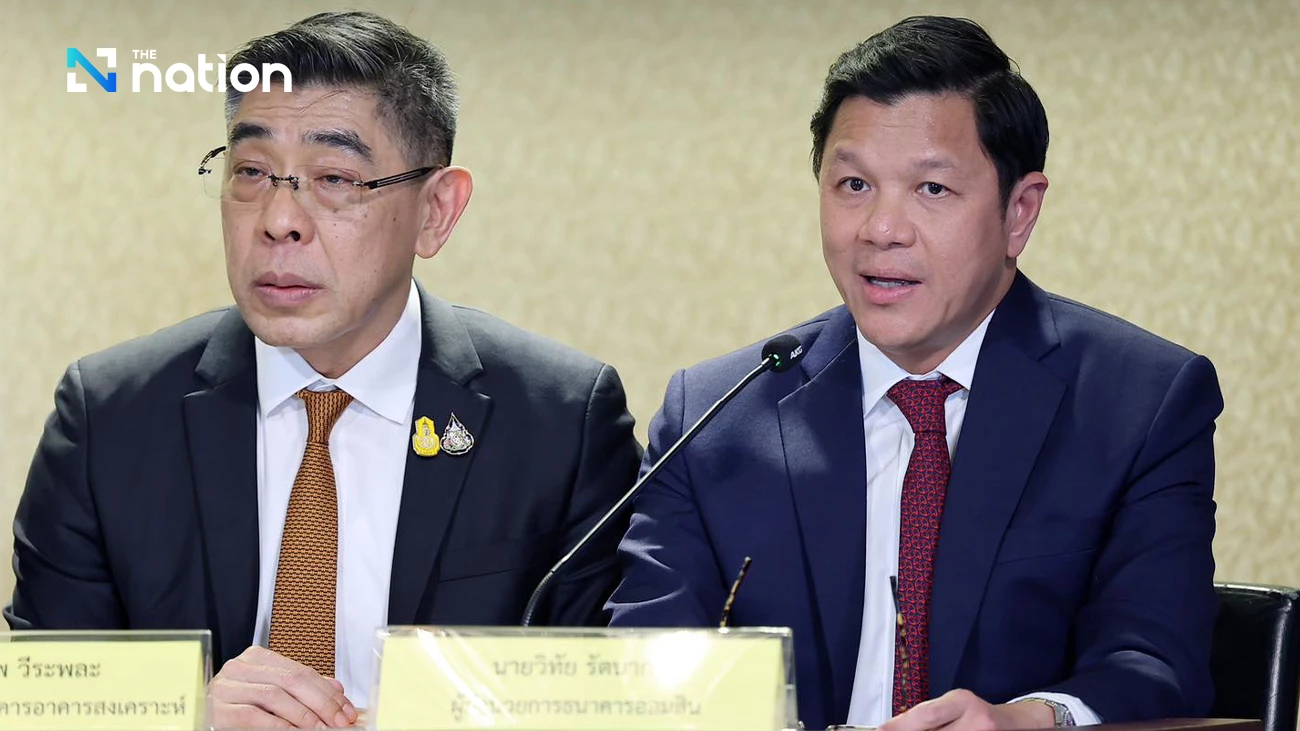Sending out the right SIGNALS

ADVANCED Info Service PLC (AIS) is the largest mobile phone operator in Thailand, with some 41 million subscribers, but it is Pratthana Leelapanang’s job to ensure the company maintains its edge in marketing.
Pratthana, the chief consumer business officer, is leading the company’s consumer-facing efforts in the midst of the digital disruption that is sweeping across the industry.
It helps that AIS has the largest mobile network coverage in the country, At the end of the fourth quarter of 2018, it boasted 41.1 million subscribers, of whom 32.98 million were prepaid users.
The digital disruption that Pratthana, 46, is contending with is changing the way companies do business and how people live.
AIS has charged him with the task of ensuring that the company continues its success in this most challenging of business environments.
He says that he is a product of the AIS Institute, which provides opportunities for the employees with diverse training sessions.
He has been working at the company for 23 years and has been the beneficiary of AIS’ training programmes.
Pratthana has a strong background in engineering. He graduated with a master of science degree in electrical engineering and in system science and mathematics from Washington University in the United States. He had earlier graduated from the General and Advance Management Programme of Harvard Business School.
After joining AIS in 1996, he has risen steadily up the ranks and, in his current position, oversees consumer products and services, consumer marketing, retail and distribution business, communication, digital advertising, and digital distribution as well as mobile payment business.
“When I started my first job at AIS, the company had only 1 million subscribers. At the time, it was an analog system. I worked as an engineer in base station planning,” Pratthana says.
He has always been given a lot of chances to work in new areas and learn new things.
For example, with AIS’ rapid growth under way, he had the chance to learn the operation maintenance process, which amounted to AIS’ first re-engineering. That enabled him to work with all 500 network and base station engineers nationwide and he also worked closely with engineers from many European companies.
Then, when the company started prepaid services, the subscribers base grew rapidly grew and he |went on to oversee the value-added service.
In 2004, when AIS began experimenting with different types of services, marked by the launch of Future Lab and its non-voice department, he moved from engineering to the commercial field, In particular, he oversaw strategic planning in areas including service and product development.
“At that time, SMS was still the main source of non-voice revenue. But we realised that we needed to develop new non-voice services. This encompassed efforts in marketing, service development and partner management,” Pratthana says.
Five years ago, he became the executive vice president for marketing and acting chief marketing officer. It was when AIS separated its enterprise and business units that he became chief consumer business officer, two years ago.
“Other people might change jobs and work for a different company to advance in their career path,” he says. “At AIS, the company gives chances to employees to move up by changing the tasks and rotating within the company, as was the case with myself.
“I always changed tasks and responsibilities while moving up at all times. I underwent training, learnt and practised as I kept advancing.”
One training program that he found particularly useful was that known as the individual development plan. He was assigned a personal coach and was given training with Singtel.
He says his 23 years have passed quickly at the company, as he has always enjoyed the work. And, he says, there are still many more things he aspires to do.
Pratthana credits the work environment for the successes he has enjoyed.
“At AIS, the boss and the colleagues work together like family members under the same working standard with criteria such as a balance score card and KPI management,” he says, referring to human resources yardsticks.
. “To be a good leader provides me with the greatest challenge. It is more difficult than engineering tasks. You need to understand people and be able to inspire them.”
“Everyone needs respect, not matter who they are or how old they are. As a leader, I encourage all my staff to be a part of the team. I try to understand all of them as individuals and subject them to fair management. I need to blend the goals of the company with the goals of the team.”
Pratthana believes that the application of management tools, with proper practice, is fundamental in leading a team to achieve its goals.
“I always strive to be a good team leader who has multi-disciplinary knowledge - from the financial side to marketing and management as well as team coaching,” he says.
“The individual development plan, as a training model, is the most important tool to encourage people to set their goals and create a solid self-development plan.
“When occupying a senior position, leaders potentially have a lot of information and can quickly synthesise this material in thinking over and making decisions. But sometimes, there can be failures, when nobody dares to warn the boss of a problem. This can be a trap.
“In a time when everything is always changing, no one can guarantee the success of every management formula. This reality presents a challenge for everyone.”
His management style entails dividing his time into three parts, ensuring he spends equal time with the customers, internal coordinators and the team.
“A good manager should not have more than nine people in his span of control,” he says. “Under my management, there are about 1,000 people, and I usually spend one day a week to meet and talk one-on-one with members of the teams.
“I believes that one-on-one conversation is more efficient than a meeting, in terms of fostering a deep understanding with my staff in finding ways to improve the team. This does not mean that a good manager does not hold meetings.
“But a one-on-one conversation, personally, with my team helps me to understand them well and in this way I can encourage them to improve their work. My team’s success means my success and that equates to the company’s success, eventually.”
Above all, he says, the biggest challenge is to ensure business growth for the company.
“AIS aims to be a digital service provider that offers services beyond just a mobile network, taking in mobile services, broadband services and digital services.
“AIS will engage more with customers to ensure they use more than one service and still have satisfaction with the services, while increasing the number of services they usually use.”
As a digital service provider, AIS offers its own digital services including videos, e-money, cloud and the Internet of Things, along with mobile Internet, Wi-Fi and broadband Internet. Also, it plays a role as the digital platform that connects services from partners to its 41 million subscribers.
“The market size of digital services is huge. To tap the market, we need to increase our Internet user portion from currently 65 per cent of 41 million subscribers to be at least 70 per cent in the near future,” he says.
“AIS has been transforming towards to the reality of digital disruption. We need to focus on data analytics, artificial intelligence, machine learning, and new online skill sets.
“We aim to be a digital service provider that over the next three to five years will have 10 to 20 million people use more than one of our services every day.
“Top service providers such as Facebook, Line and YouTube have come with a new business mode that offers free service to attract massive numbers of users.
“These kind of businesses have do fundraising to develop services and operate their platform as a free service for users. They aim to gain users and then monetise their operations later. Their business model comes underpinned by technology and data analytics. If there are other these kind of services with better quality out there, users might move to the new platforms.”
AIS also operates infrastructure for over-the-top service providers.
“The company knows well the behaviour of users who use over-the-top services and, importantly, it has a billing relationship with users. Therefore, it will utilise this strength to further expand business monetisation,” he says.
“We are very close to our users. We know who they are, where they live, what their favourite services are. We have all this data. The challenge is how we utilise this, since we see there is plenty of competition.
“Our business model is to gain money from the use of the network. The mobile network is almost a mature market and has less margins, so we need to expand into other emerging services that can generate revenue.”
Pratthana says the advent of 5G comes as a new chapter for both operators and the country to move forwards.
“Every business is driven by digital communication, both wired and wireless networks, to differentiate their services,” he says.
“With its infrastructure provision, AIS aims to be a part of the drive that will take the country forward towards digital transformation.
“We offer innovation to businesses and to people to enable them to improve their businesses and their ways of living. Much work still has to be done.”





